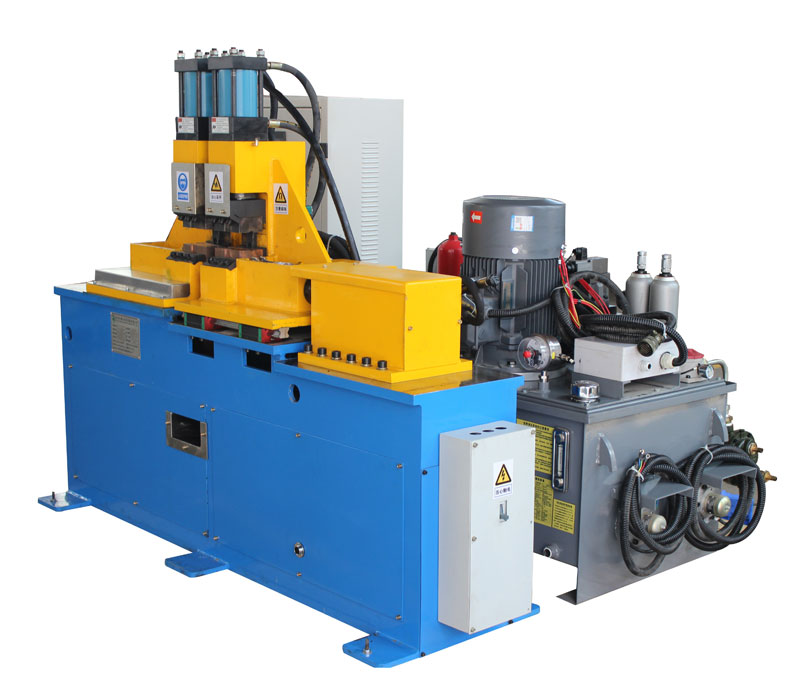Flash butt welding is a specialized welding process that is widely used in various industries for joining metals. This method offers several advantages, including high precision and the ability to weld large sections of metal together. In this article, we will delve into the fundamental principles of flash butt welding and how it works.
1. Understanding Flash Butt Welding:
Flash butt welding, often referred to simply as flash welding, is a solid-state welding process. It is commonly used to join two metal workpieces with the same cross-sectional area. This method is particularly suitable for welding applications that require a high degree of precision and a strong, uniform joint.
2. The Process:
The flash butt welding process involves several key steps:
a. Clamping: The two workpieces to be welded are clamped in the welding machine. The clamping force is crucial in ensuring a strong weld.
b. Alignment: Proper alignment is essential to achieve a high-quality weld. The ends of the workpieces need to be precisely matched.
c. Resistance Heating: An electrical current is passed through the workpieces. This current generates heat at the interface between the two pieces, causing them to melt and form a molten pool.
d. Flash Formation: As the heat builds up, the material at the interface begins to melt and form a bright flash. This flash is an indicator of the materials reaching their melting point.
e. Upset Forging: After the flash is formed, the machine exerts a forging force, pushing the two workpieces together. This causes the molten material to squeeze out, leaving behind a solid, uniform joint.
3. Advantages of Flash Butt Welding:
a. Precision: Flash butt welding offers high precision and control over the welding process. It is ideal for applications where exact dimensions are critical.
b. Strength: The resulting weld is typically very strong and often as strong as or stronger than the base material.
c. Versatility: This method can be used to weld a wide range of metals and alloys.
d. Efficiency: Flash butt welding is an efficient process, often producing minimal waste and requiring little to no filler material.
e. Cleanliness: Since no flux or filler material is used, the weld is exceptionally clean.
4. Applications:
Flash butt welding finds applications in various industries, including automotive, aerospace, and construction. It is used for welding components such as drive shafts, rails, and other critical structural elements.
Flash butt welding is a versatile and efficient process for joining metal workpieces. By utilizing electrical resistance and precise control, it produces strong, clean, and precise welds. Its applications span across a range of industries, making it a valuable technique in the world of metalworking.
Post time: Oct-25-2023








